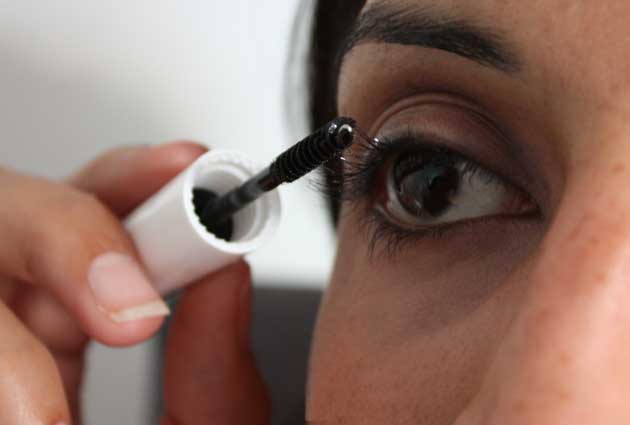Sight loss drug to be licensed as cosmetic
Glaucoma treatment gives users longer eyelashes

Your support helps us to tell the story
From reproductive rights to climate change to Big Tech, The Independent is on the ground when the story is developing. Whether it's investigating the financials of Elon Musk's pro-Trump PAC or producing our latest documentary, 'The A Word', which shines a light on the American women fighting for reproductive rights, we know how important it is to parse out the facts from the messaging.
At such a critical moment in US history, we need reporters on the ground. Your donation allows us to keep sending journalists to speak to both sides of the story.
The Independent is trusted by Americans across the entire political spectrum. And unlike many other quality news outlets, we choose not to lock Americans out of our reporting and analysis with paywalls. We believe quality journalism should be available to everyone, paid for by those who can afford it.
Your support makes all the difference.It started out as a medicine, a prosaic treatment for glaucoma. Now it is being used for its cosmetic effects, promising to turn women into doe-eyed beauties within days.
The drug firm Allergan – the £1.5bn global company behind Botox – believes that Latisse could be worth millions worldwide. It was originally used to treat glaucoma, but scientific studies showed that, as a side effect, it made users' eyelashes longer. The company expects it to be approved by the US Food and Drug Administration shortly and to have it on shop shelves in the UK next year.
Longer lashes are a lucrative industry, with sales of mascara and other eye products estimated to reach £360m this year in the UK alone.
From the luxurious £5,000 mink and fox fur false eyelashes favoured by stars such as Madonna, Jennifer Lopez and Beyoncé to the vast array of high-end cosmetics claiming to lengthen, thicken and define eyelashes, increasingly extravagant measures are available to consumers wanting to highlight their eyes. Huge financial rewards await the company that markets a successful product, and these have already prompted fierce courtroom battles between drug and cosmetic companies.
To protect its anticipated bonanza, Allergan last year sued seven cosmetics companies for copyright infringement after they sold eyelash enhancing products containing Latisse's active ingredient, prostaglandins.
Valerie Randall, professor of biomedical sciences at the University of Bradford, said: "I imagine there will be a massive market for it. What the company is doing now is amplifying the side effects of a medical treatment. When we understand better how it works, it could be used in the treatment of alopecia and other hair growth problems."
Eyelash enhancers are just the latest example of an increasing crossover between cosmetics and medicine. Regaine, a treatment for male-pattern baldness, started life as a blood pressure drug; Botox was first used by doctors to treat eye squints and facial tics.
Patients are increasingly looking for non-surgical methods to tweak their looks, but with extreme remedies such as snake venom face cream on offer, the scalpel may look more appealing.
Beauty treatment: The side effects that paid off
Botox The wrinkle-busting drug, derived from the poison botulinum toxin, was originally used to treat spasms in the face and neck region. Doctors noticed that patients so treated also lost their wrinkles, and it is now the most popular anti-ageing treatment in the world.
Regaine The active ingredient in this treatment for baldness was discovered as a side effect of a medicine used to treat high blood pressure. Patients taking Minoxidil noticed that they experienced greater hair growth. Doctors found that it increases the supply of blood and nutrients to hair follicles.
Join our commenting forum
Join thought-provoking conversations, follow other Independent readers and see their replies
Comments